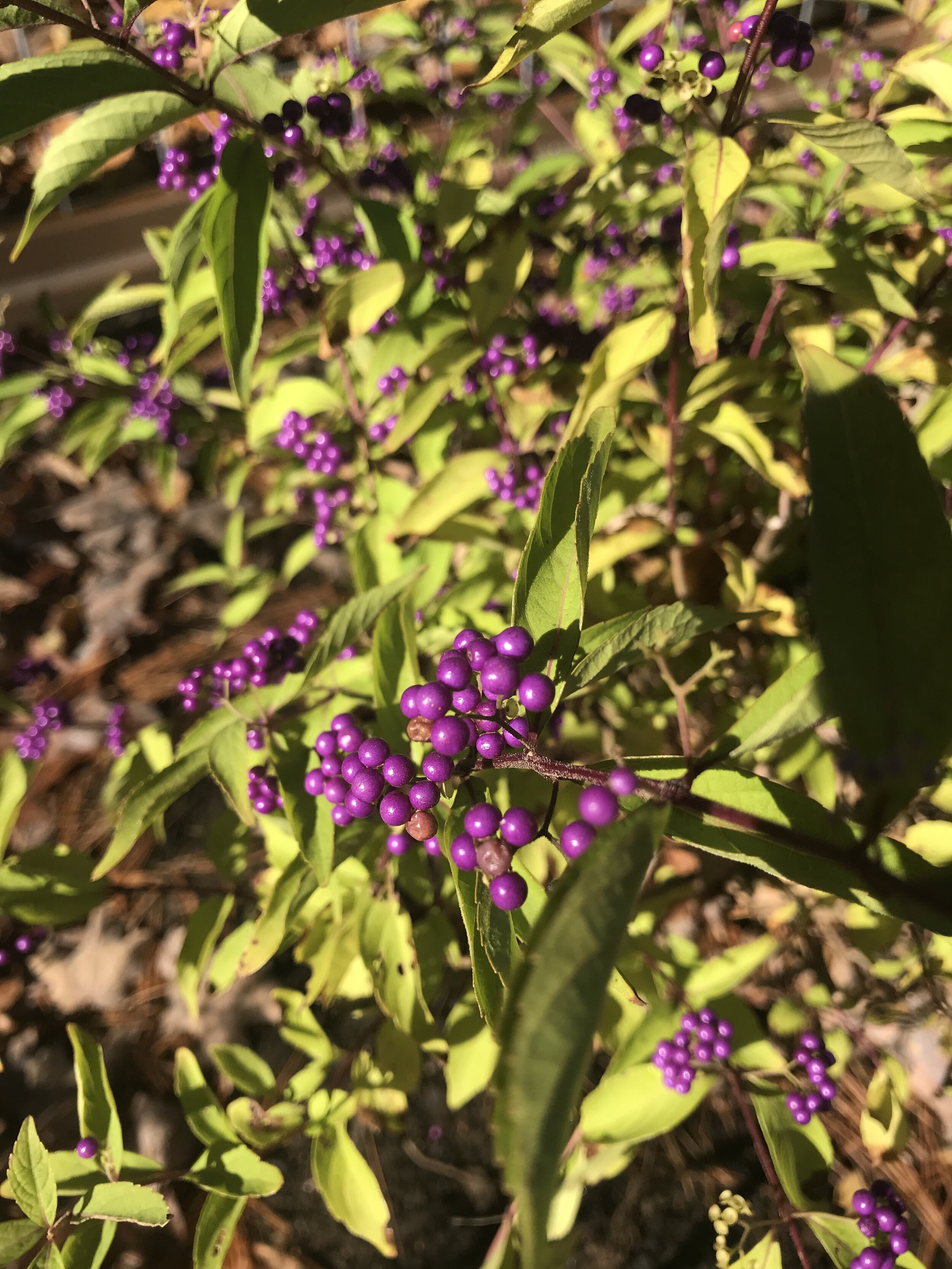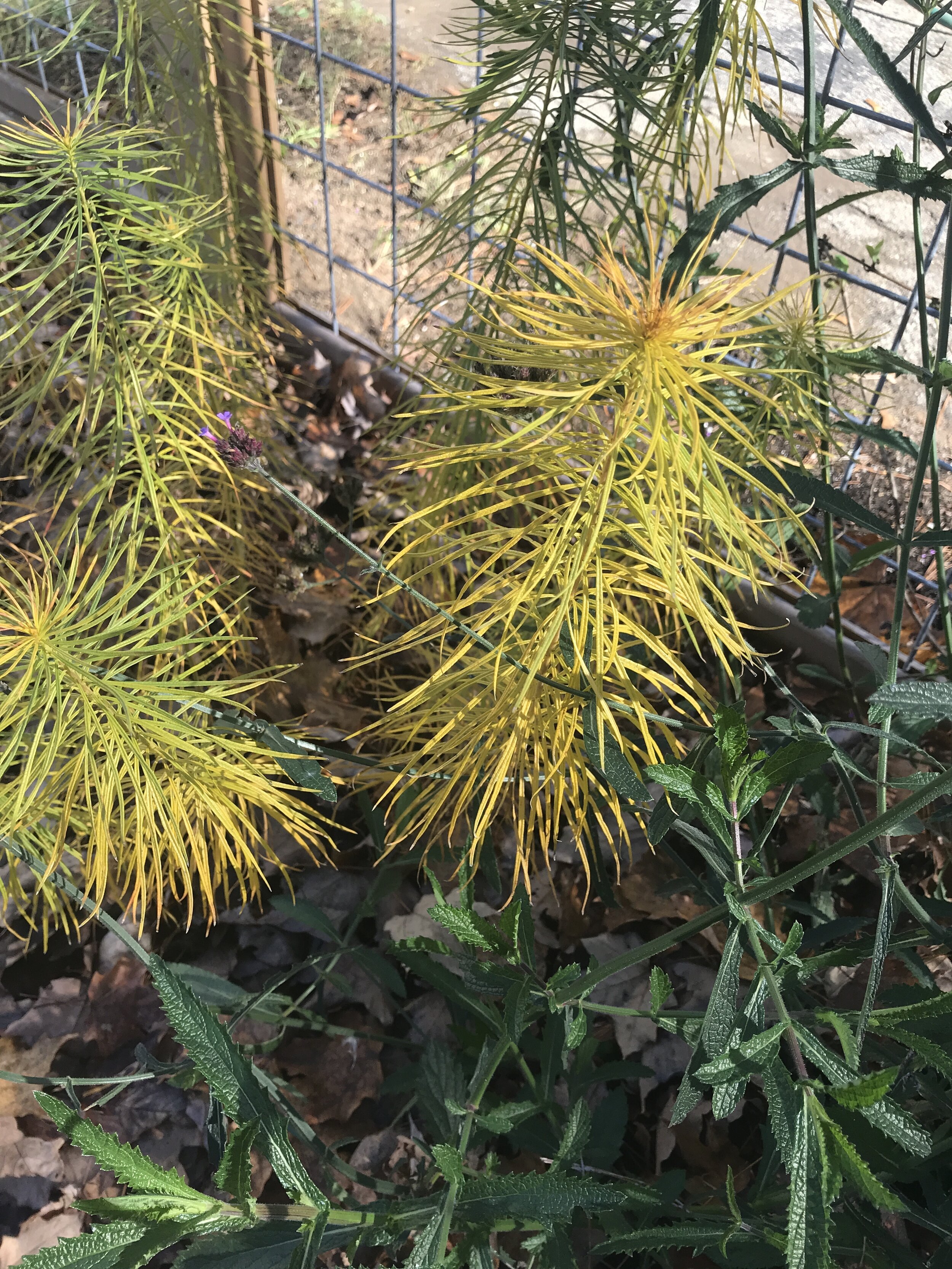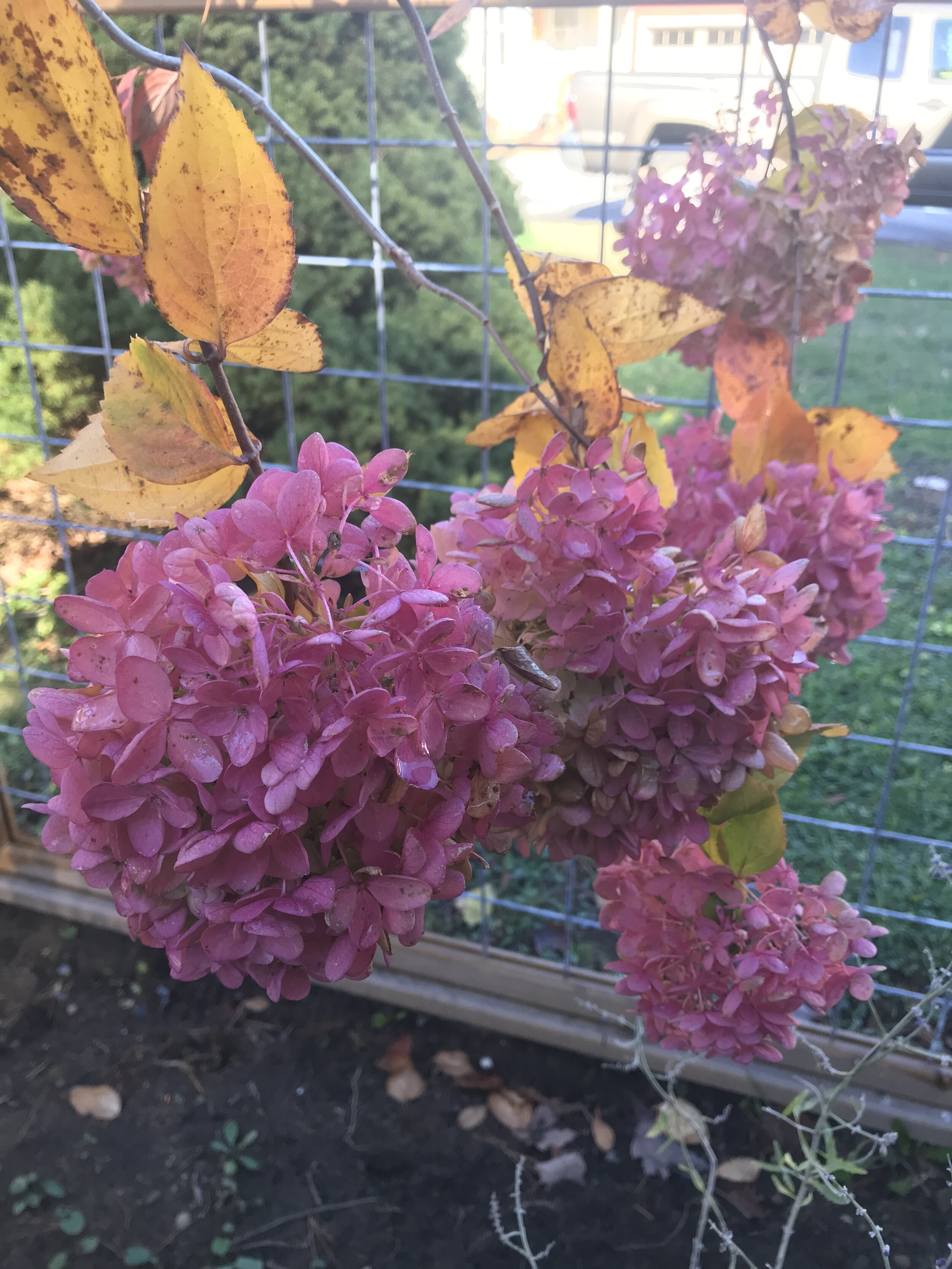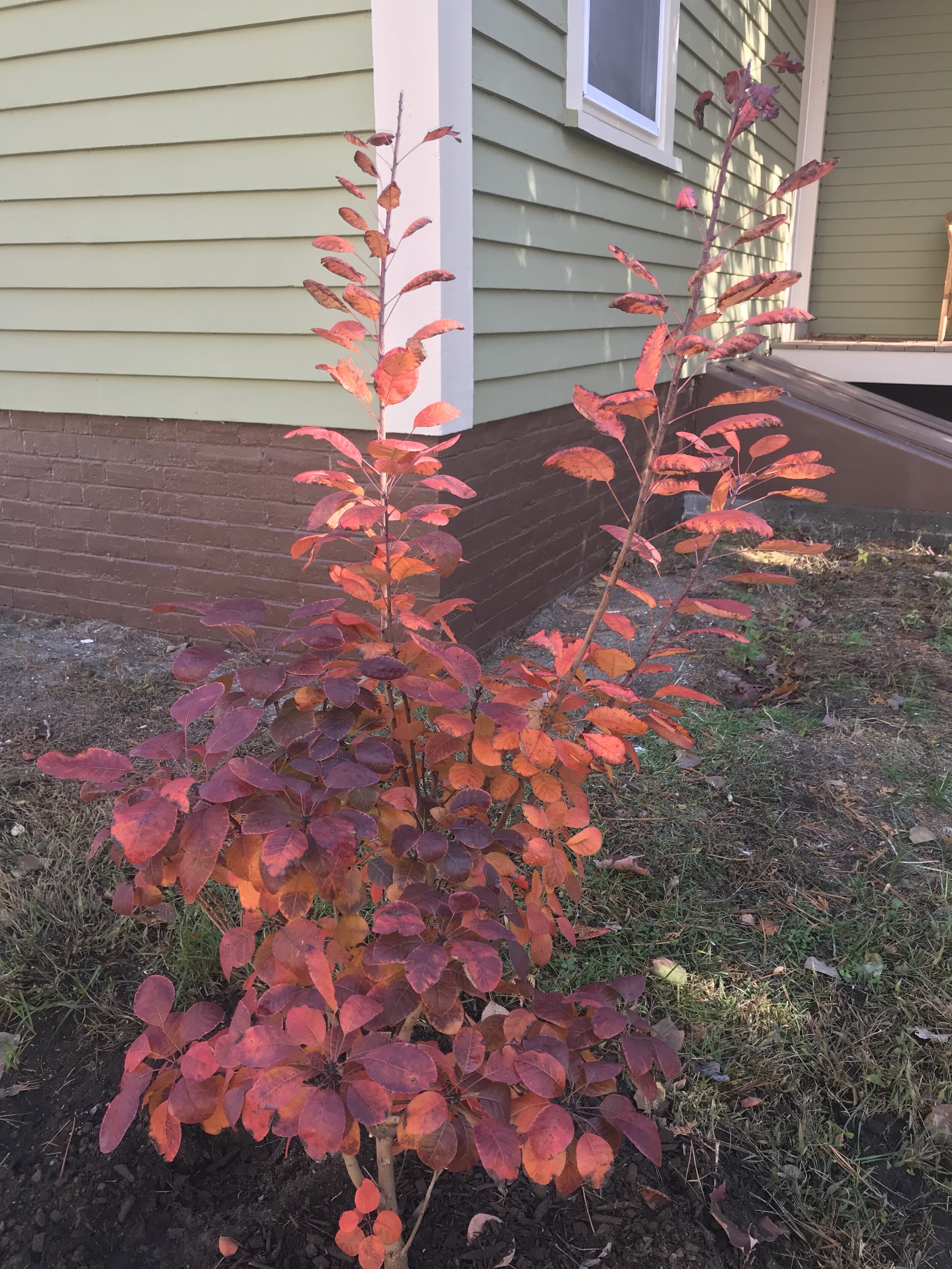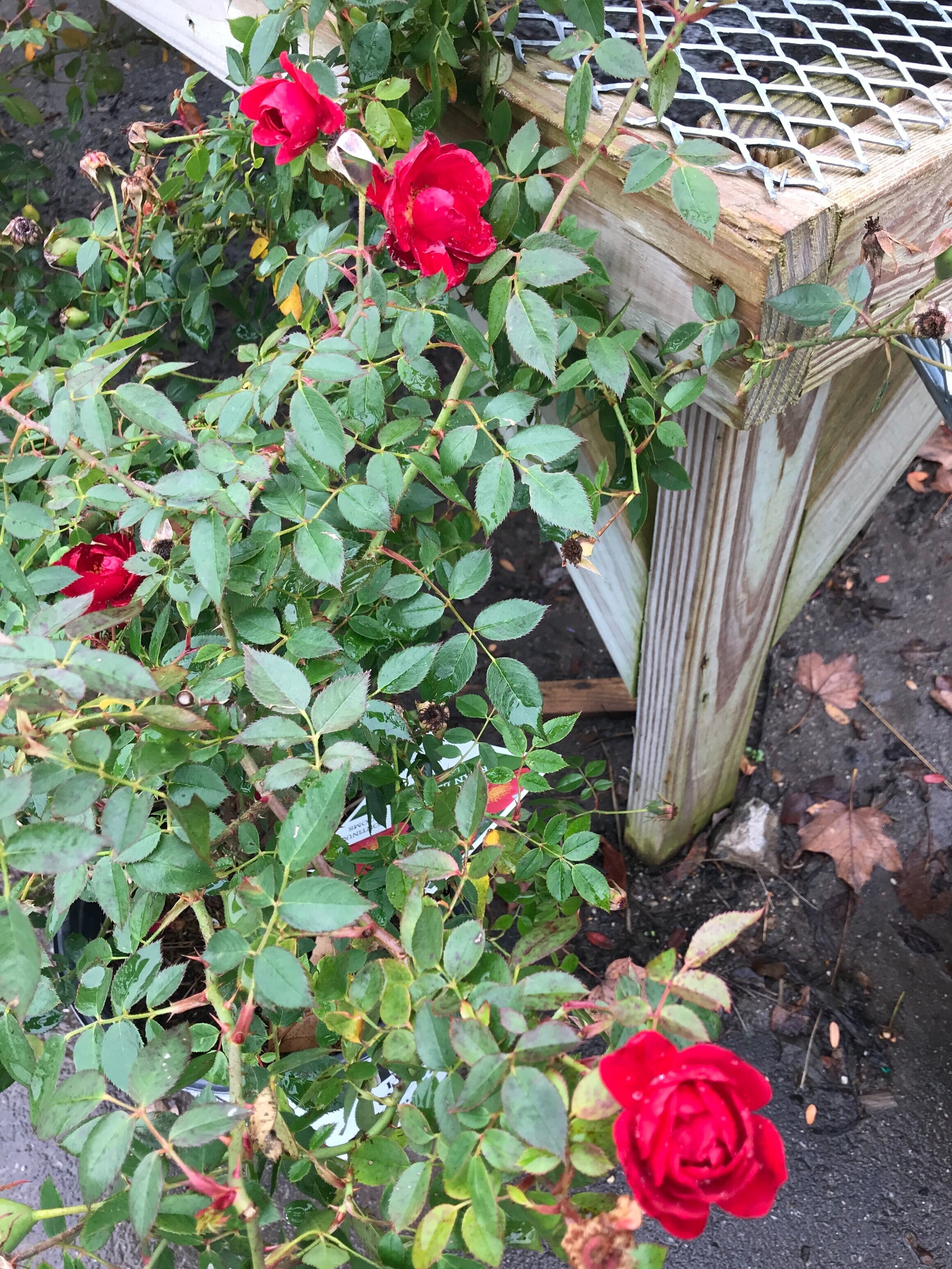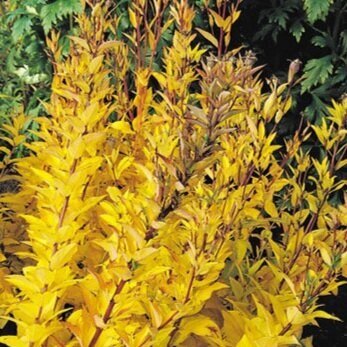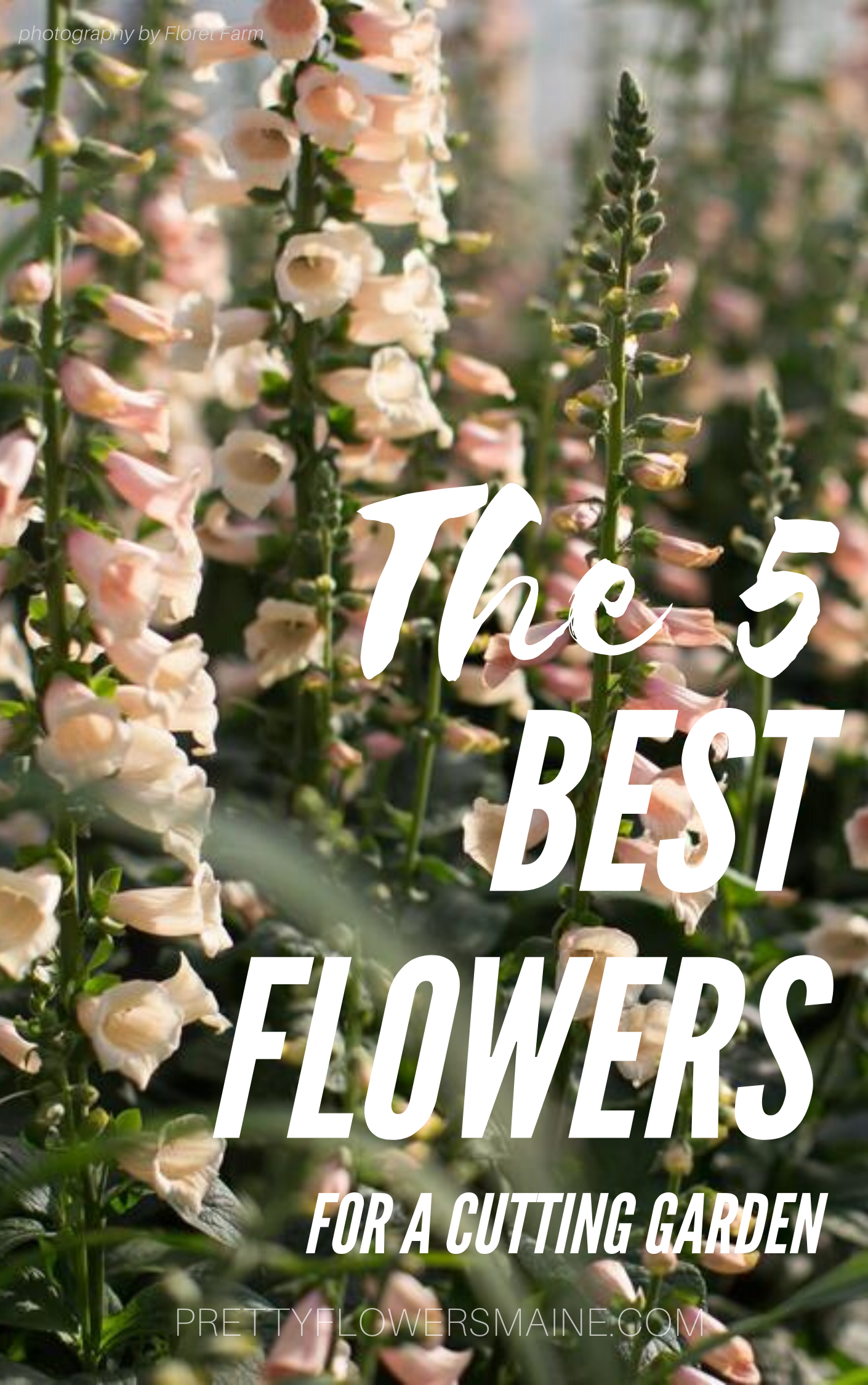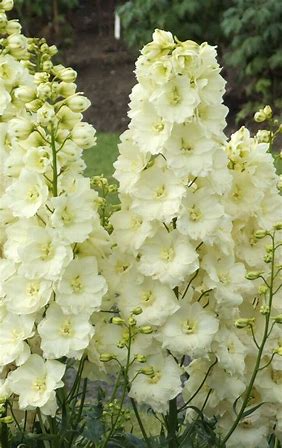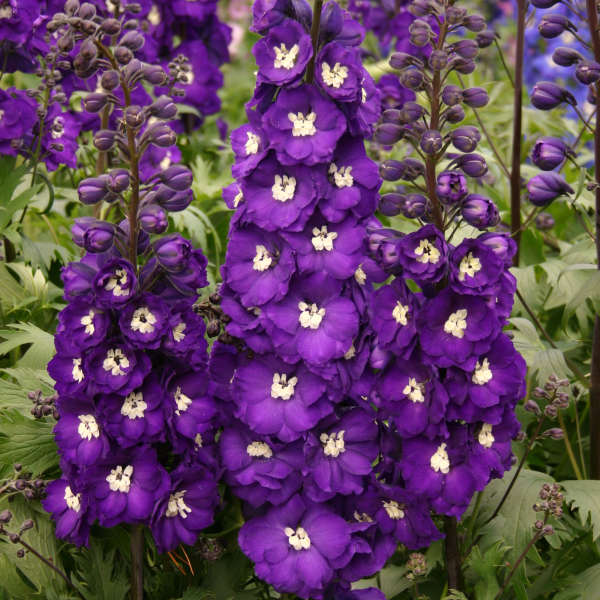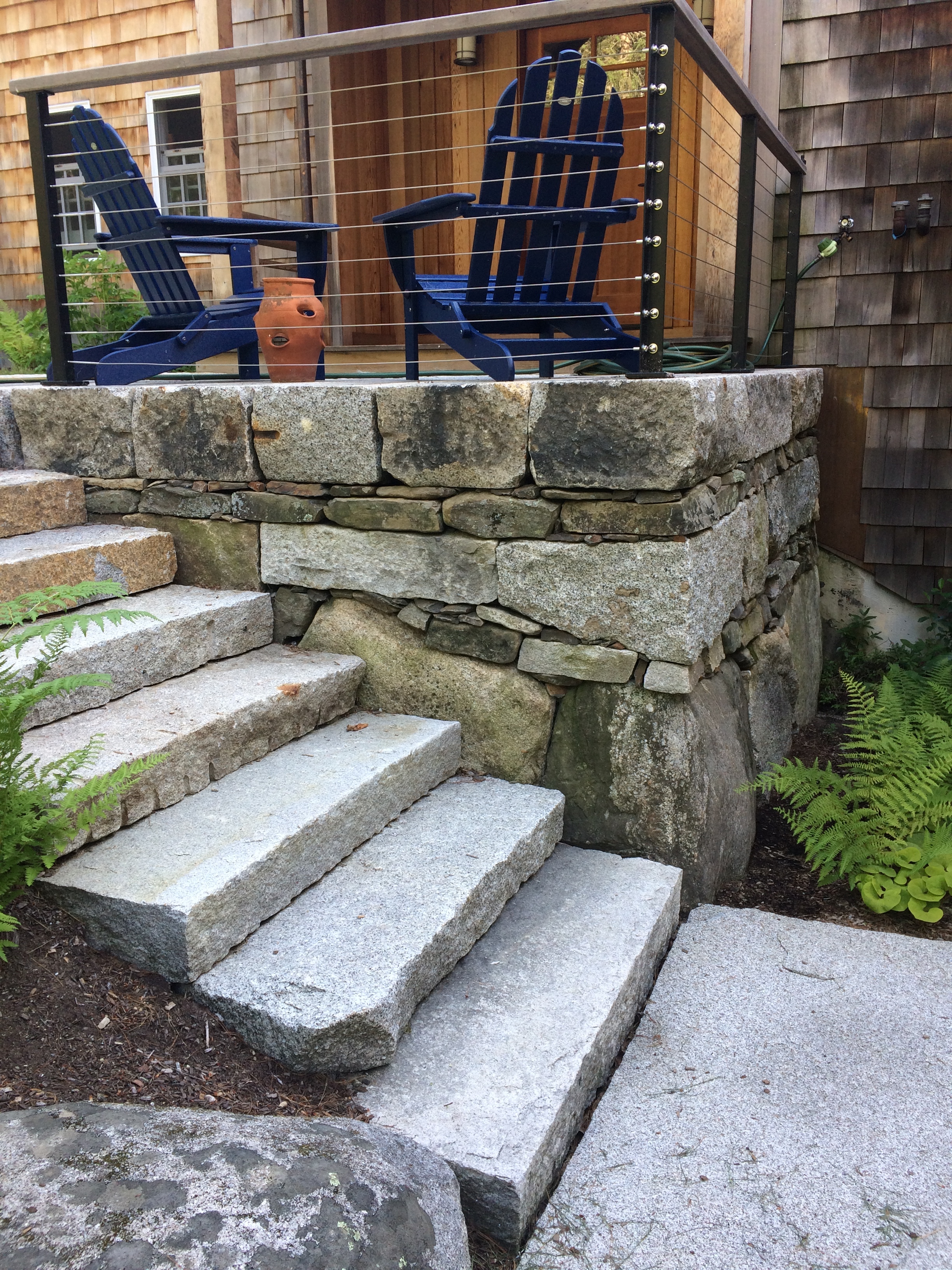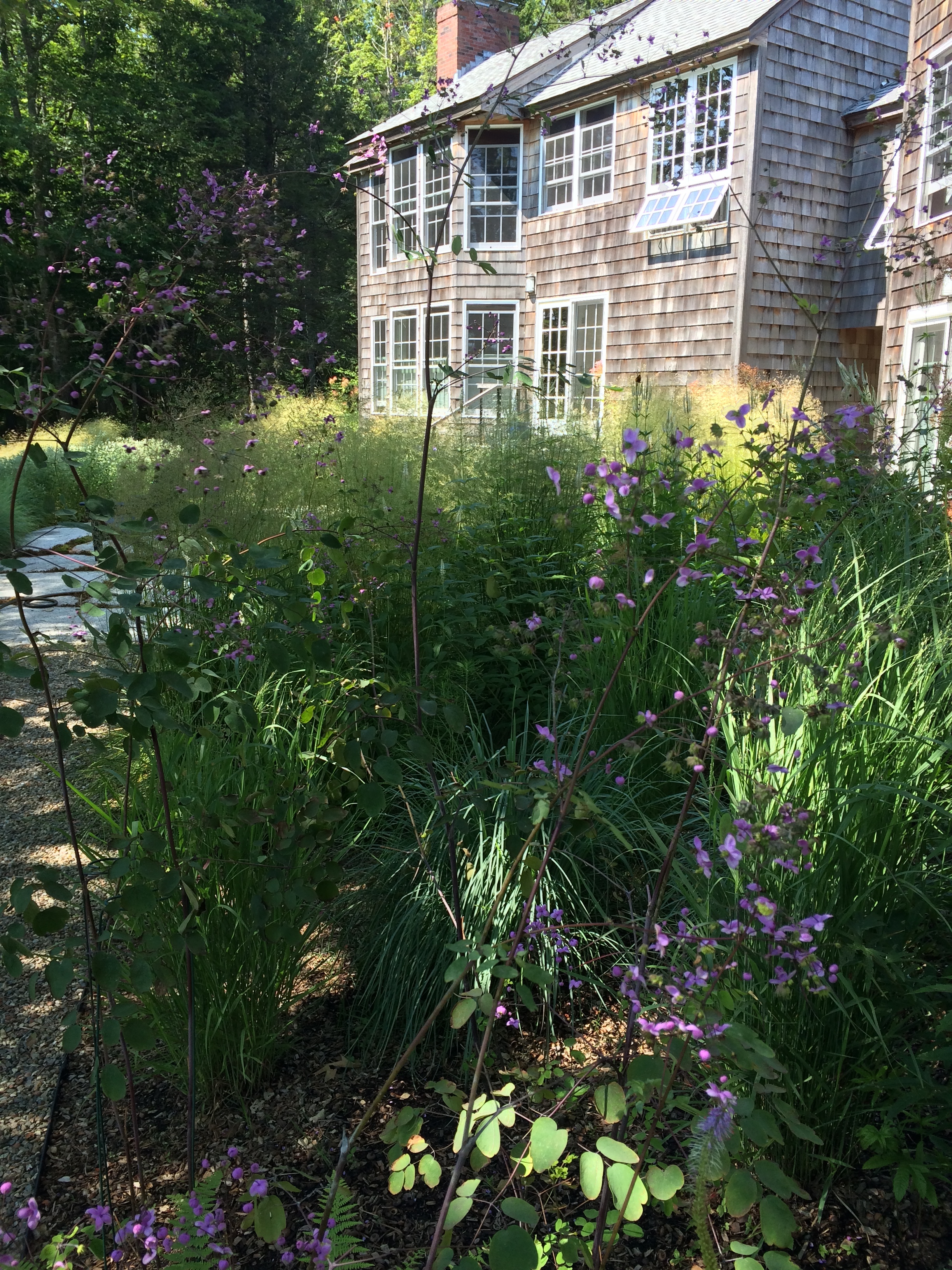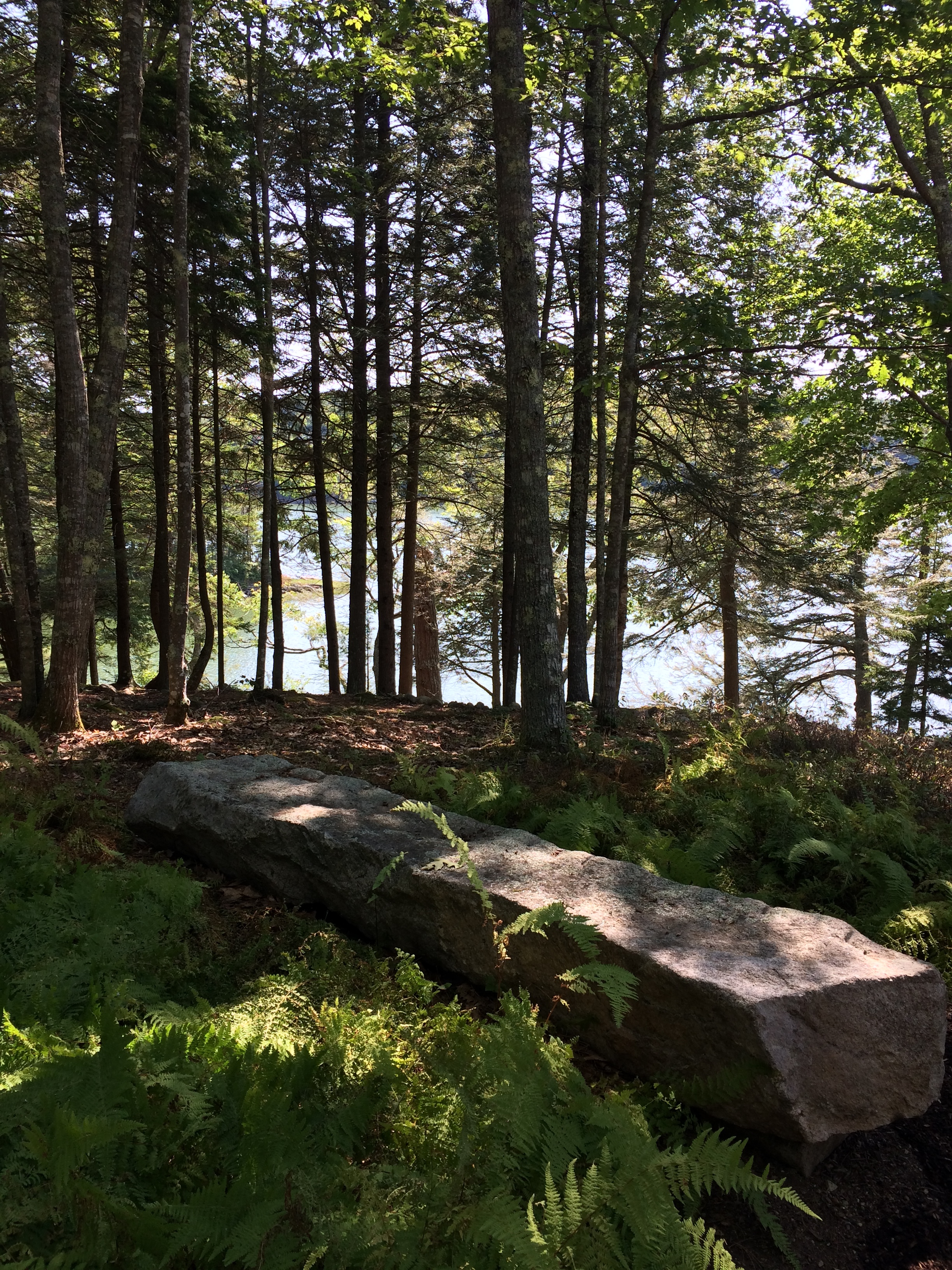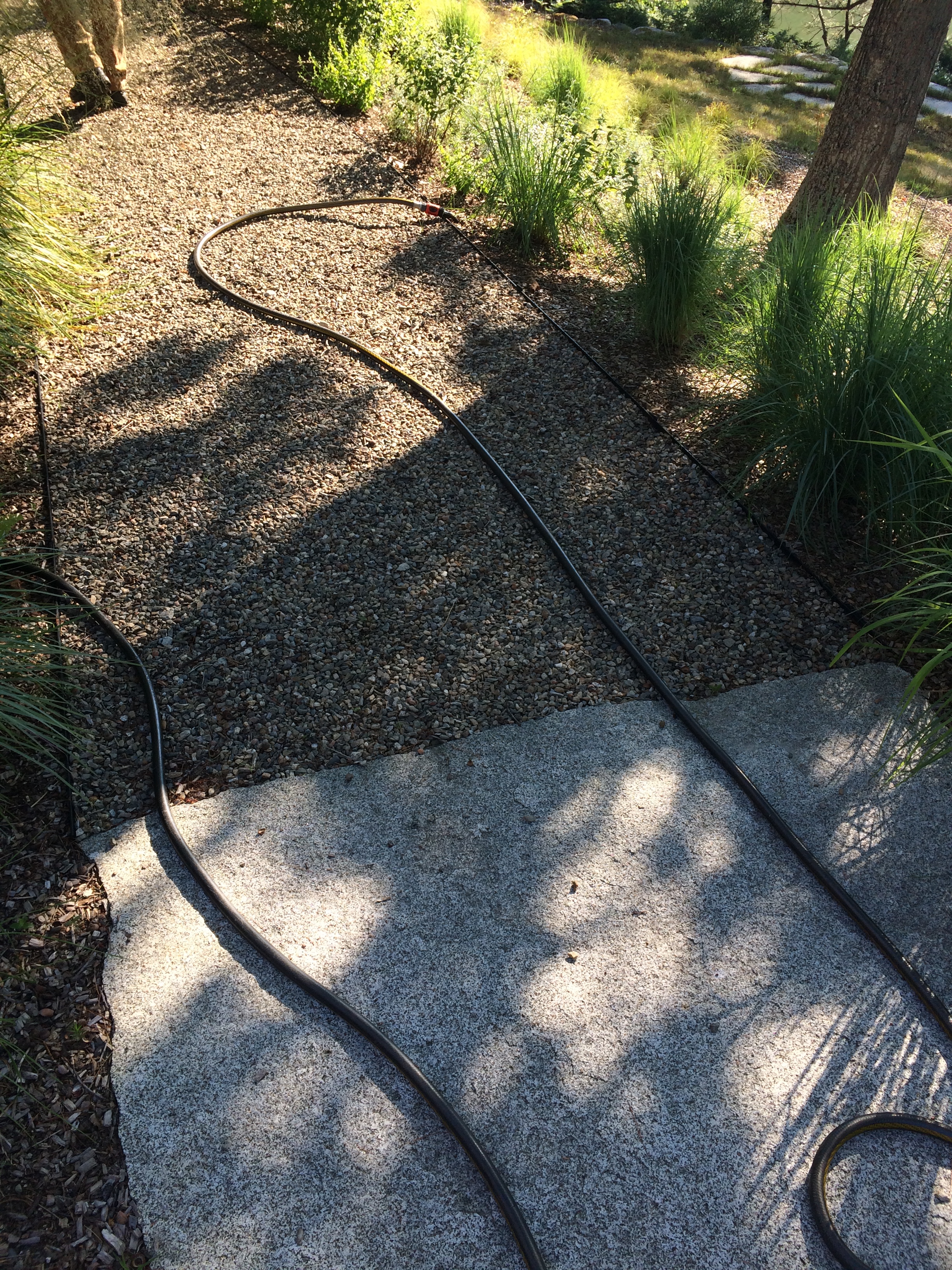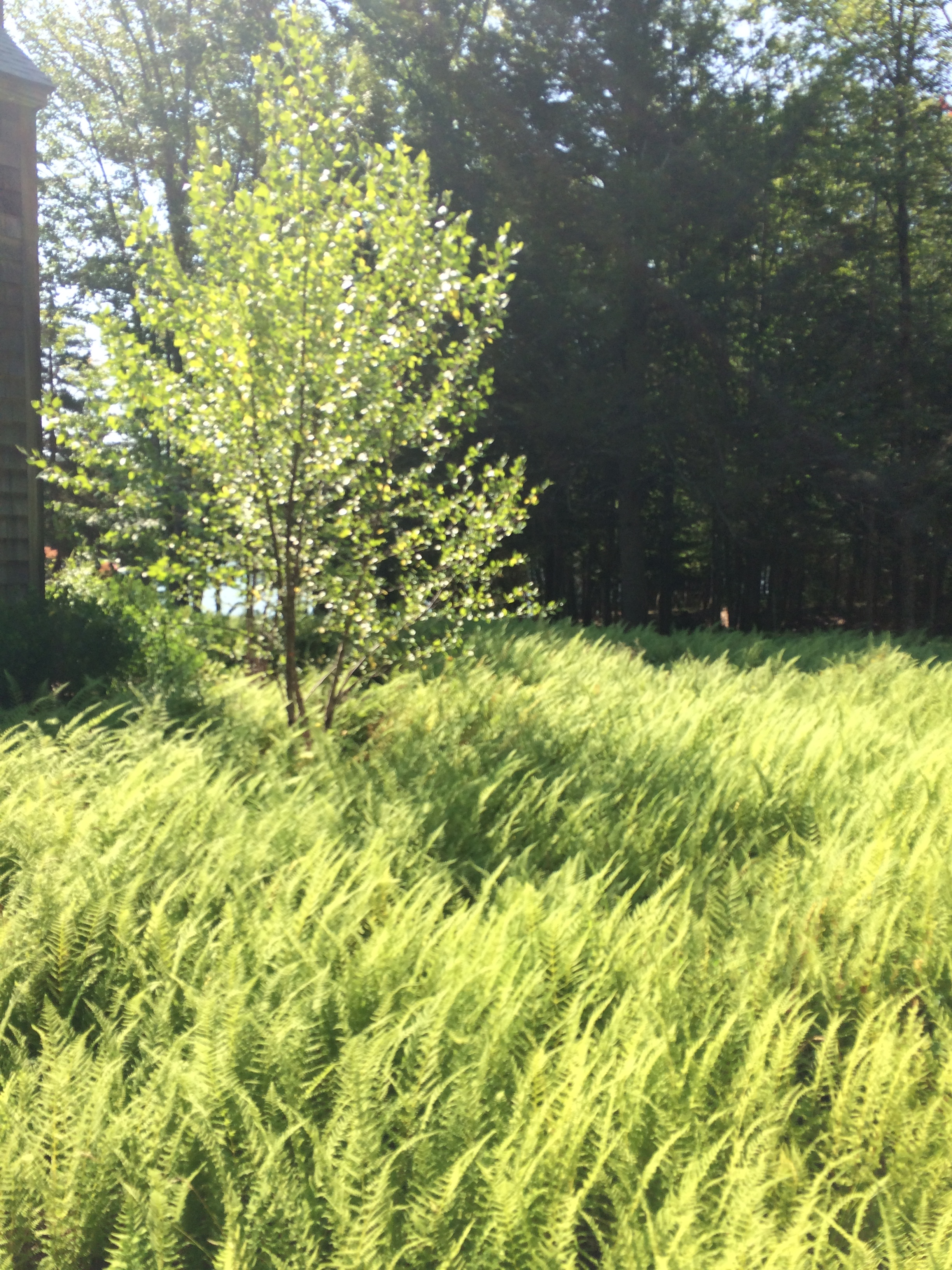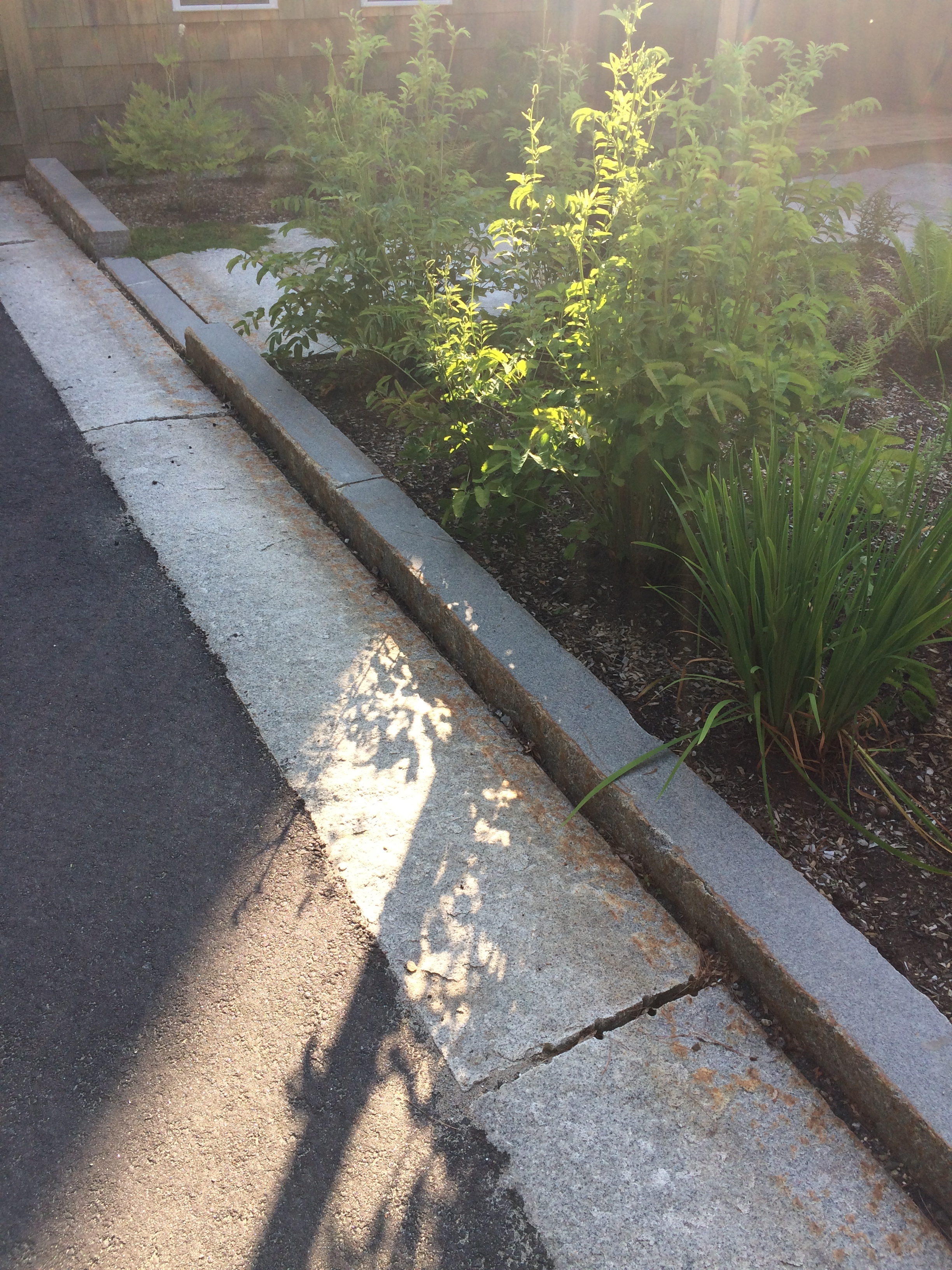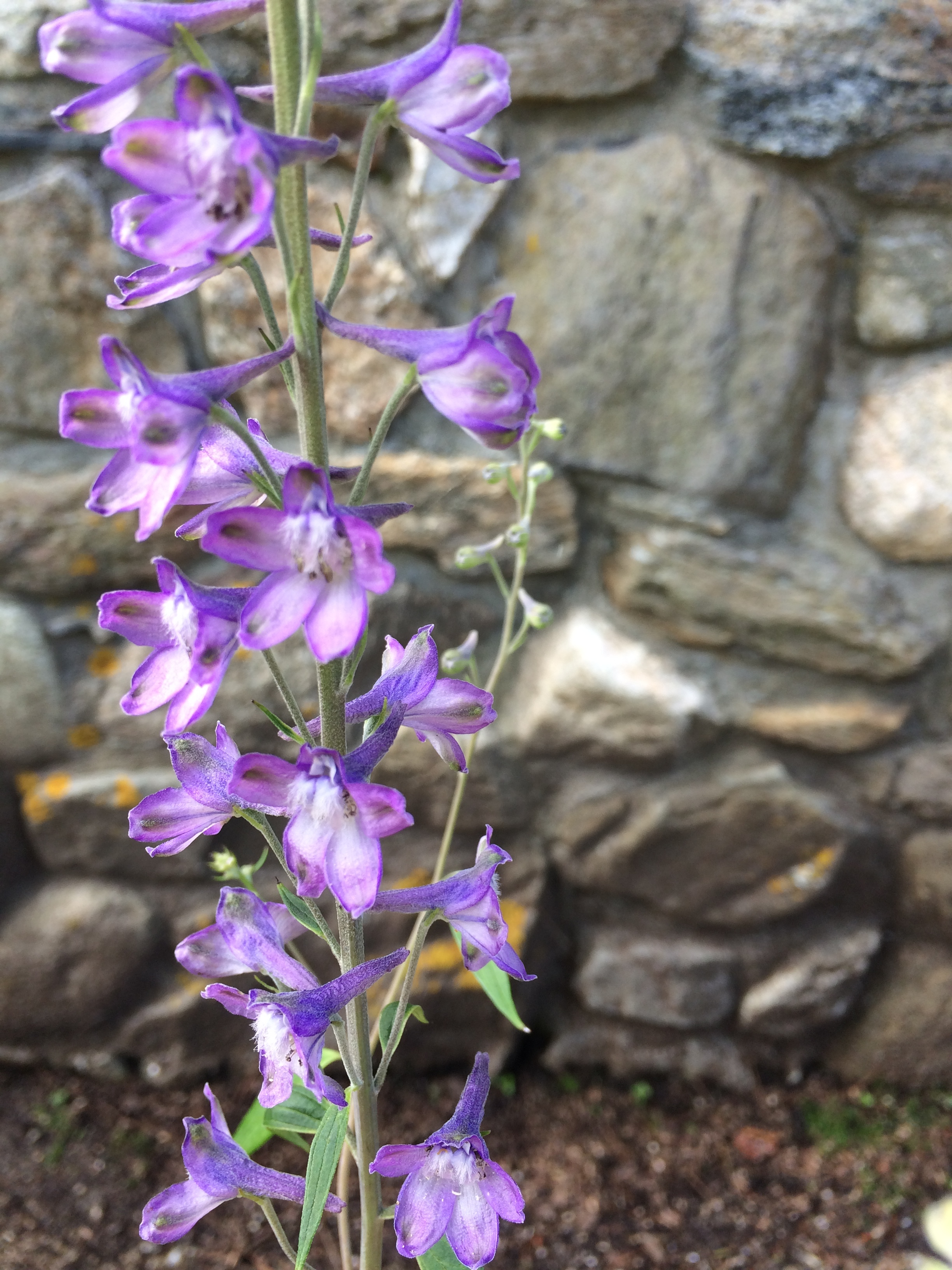On a Summer morning in 1994, Amy headed out to the Farmer’s Market in Downtown Brunswick, Maine with her Red Flyer wagon full of tiny but intricate floral arrangements. She’d sold out in a couple of hours, and every weekend to follow. Mixing business with pleasure, her Art Major background and strong love of the wild came together almost seamlessly. Tracing her arrangements back to their source, faithful customers discovered the gardens at Amy’s home--playful contrasts of colors, shapes, textures and heights.
It wasn’t exactly rocket science; just a newly-realized demand.
Her then-four year old daughter saw an arrangement on the counter and said, “pretty flowers.” And Pretty Flowers, it would be.
Why Hire Us for Landscaping?
We’re Passionate Designers. The company steadily grew to a team of not only plant people, but conscientious creatives, each with an artful eye that complemented the others. Landscape and floral design has never only been about the roots and the leaves and the petals--it’s about the way the plants grow and look next to the other; the juxtaposition of it all together. Colors. Shapes. Textures. Heights.
If you have a vision for your yard and a blank canvas, we will work with that to create your dream garden. If you dislike your current garden aesthetic, and want to spruce it up or clear it out to start over, we can make that happen, too. Breathing new life into old spaces is a challenge for which we’re always ready. There are no limitations to our creations--each piece of land is an opportunity to make something that fits perfectly with the rest of your property.
If it’s color you’re focused on, you’ve got options. We suggest a wide range of perennials to give your garden new blooms throughout the season, in addition to hardy annuals that can be incorporated to fill gaps and provide more constant color.
We’re Careful. Without plant health, their beauty doesn’t exist. The Pretty Flowers team deadheads, weeds, fertilizes, stakes and prunes on a regular basis to make sure your gardens are able to reach their full potential. We take an organic and all-natural approach; chemicals and pesticides have no place in our gardens, which may mean more maintenance and love, but will keep your yard safe, clean and environmentally friendly.
We’re Consistent and Reliable. We use the winter months to create and maintain a plan for your gardens in the Spring, Summer and Fall. Most customers select weekly care, but we also offer bi-weekly or monthly maintenance, depending on your garden’s needs.
We’re Here to Help. Hire us to babysit! Dry beds require consistent watering, especially through the heat waves. If you don’t have the time, or are taking a vacation, we are available to come water while you’re away. We can also install a timer-run irrigation system so that nobody has to worry, ever.
Hire us to revive! If your soil needs rejuvenation or enhancement, we work with the best, nutrient-rich products in maine. The right combination of compost and mulch can bring anything back to life, and as it breaks down over time, it will add nutrients back to your soil naturally. If some of your pre-existing gardens are dying, and the soil isn’t the problem, we will relocate certain plants to different spots in the yard. Sometimes it’s as easy as one plant needing more sun or more shade. Once in the correct conditions, plants can be incredibly resilient. We just have to get them there.
We Specialize. Maybe you have a pool deck or patio that is in need of some seasonal color. Perhaps a spot in your garden refuses to grow. You might find yourself wishing you could swap out your yard’s color palette every few weeks to match the current trend. It’s all possible: container gardens make temporary installation easy, and we pride ourselves in our ability to find unique and interesting plants to create a work of art that matches your decor and complements your home.


